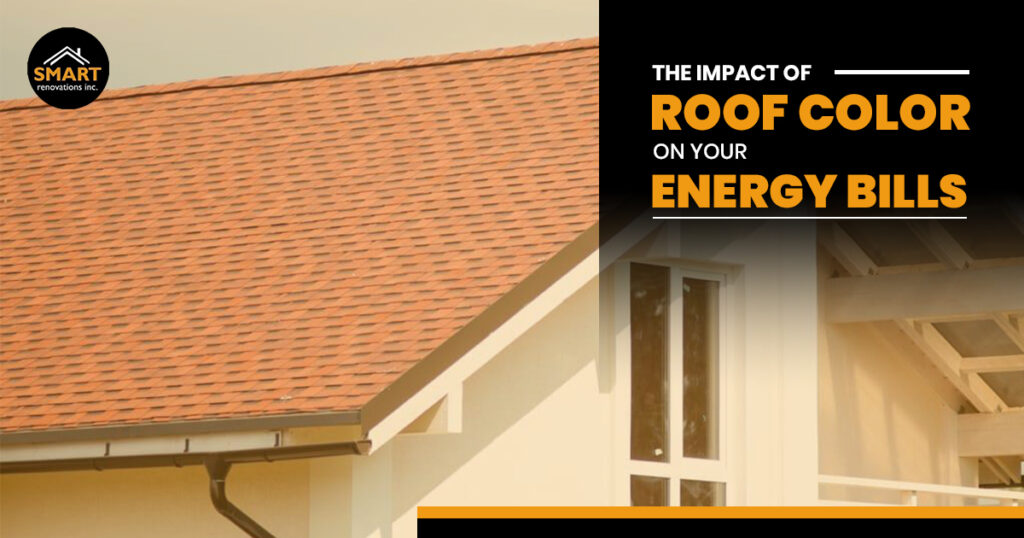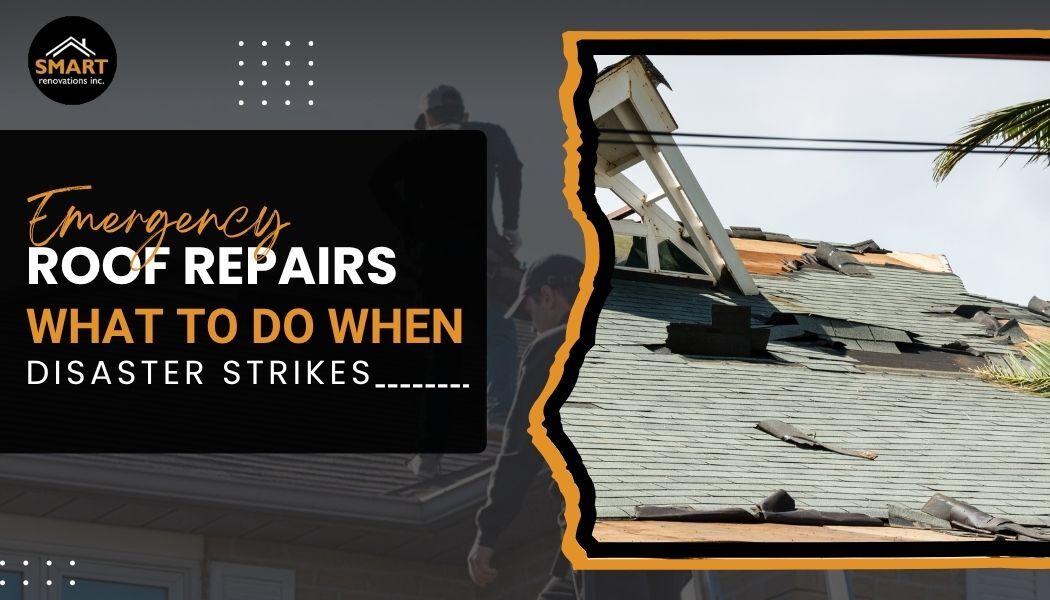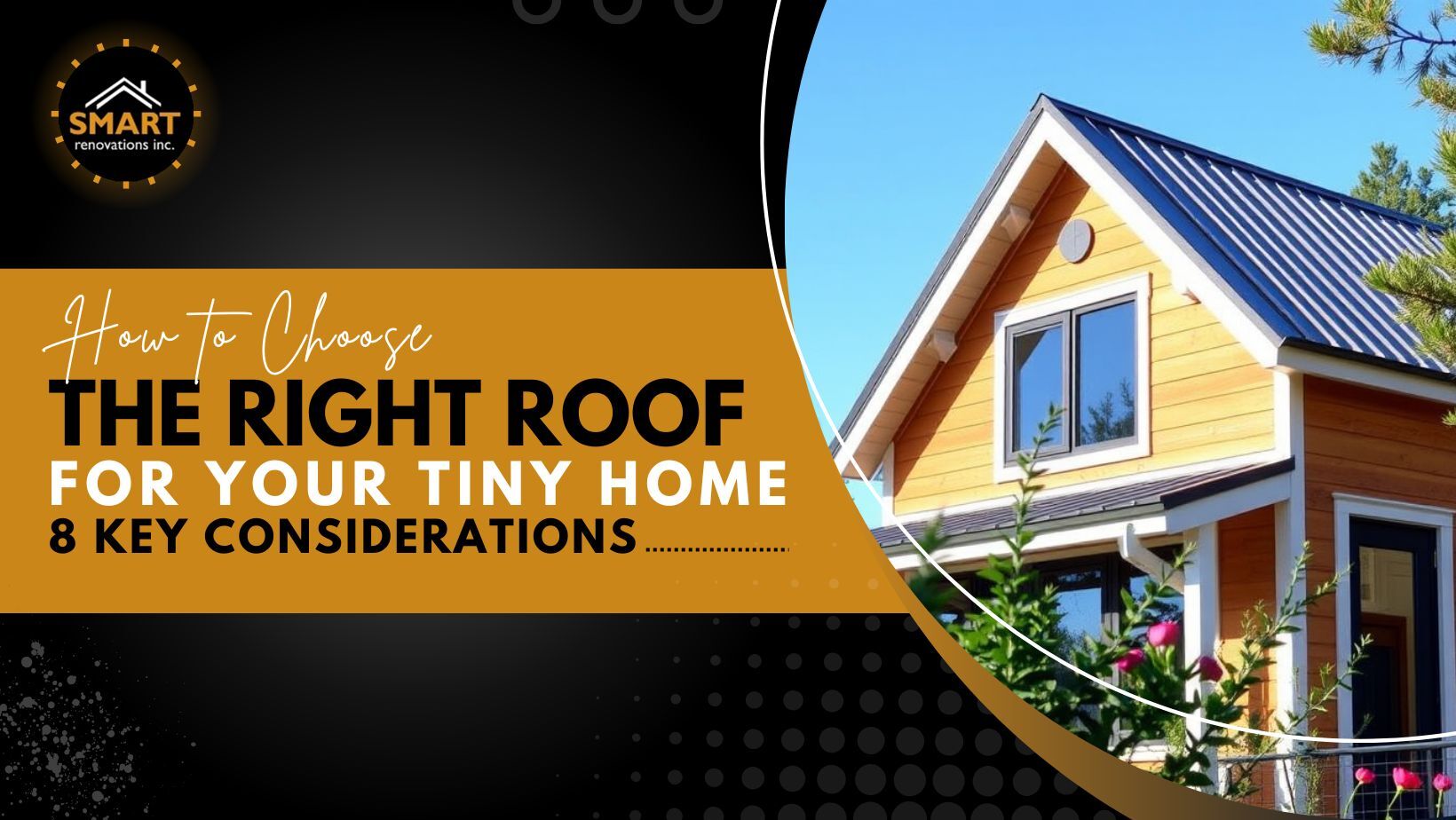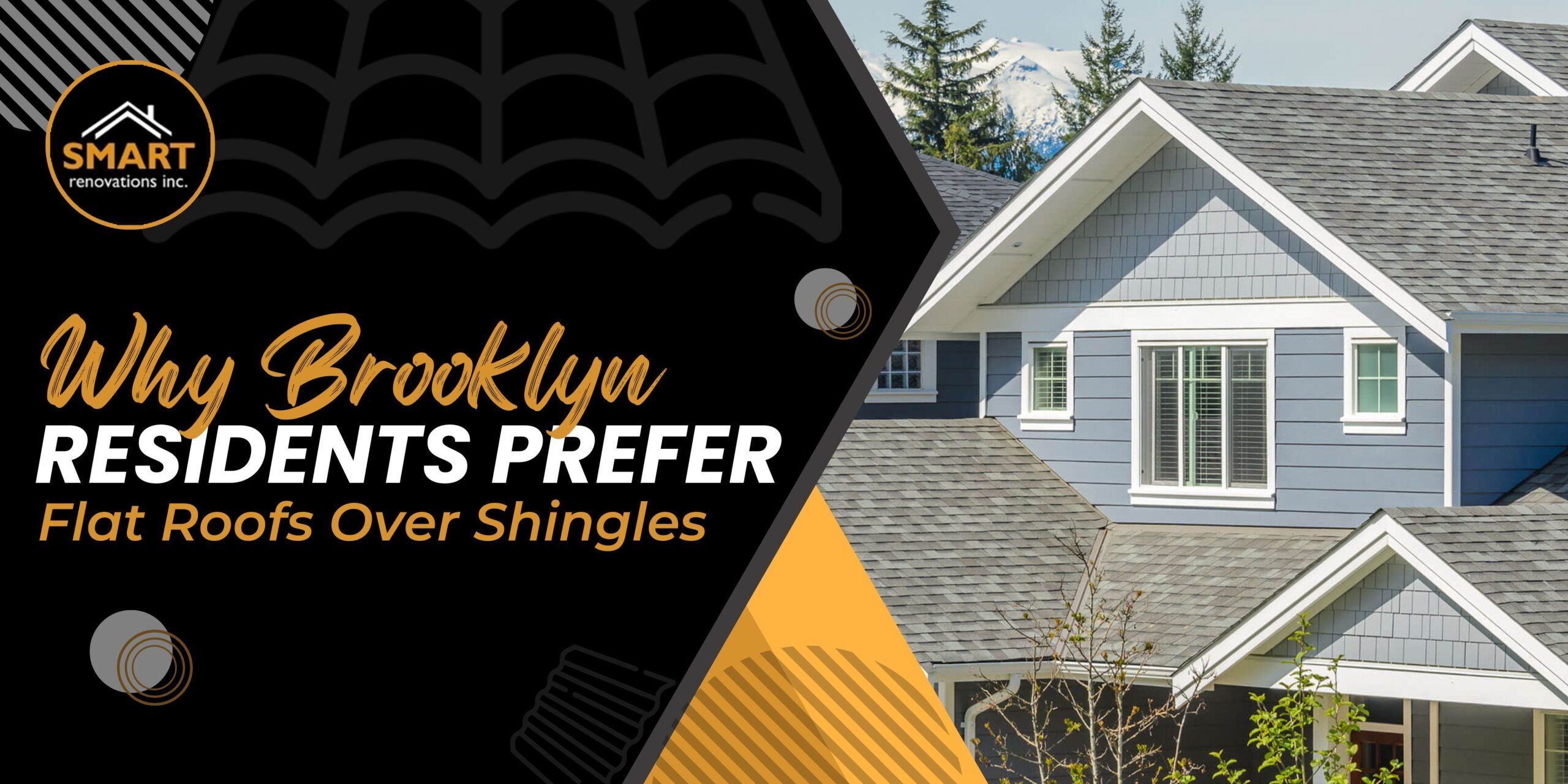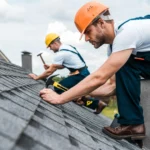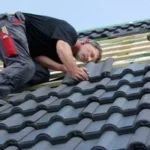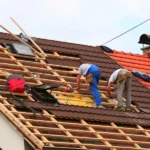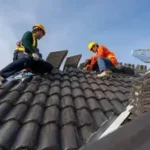Introduction
When it comes to home energy efficiency, most homeowners focus on insulation, windows, and HVAC systems. However, one often-overlooked factor is the color of your roof. The color of your roof can significantly impact your home’s heating and cooling costs. By choosing the right roofing material and shade, you can improve energy efficiency, reduce utility bills, and enhance overall comfort.
In this blog, we’ll explore how roof color affects energy consumption and discuss the best choices for different climates. Additionally, we’ll touch on the importance of maintaining your roof, including EPDM rubber roof repair, to maximize its efficiency and longevity.
How Roof Color Affects Energy Efficiency
The science behind roof color and energy efficiency lies in heat absorption and reflection. Lighter-colored roofs reflect more sunlight, keeping your home cooler, while darker roofs absorb heat, which can lead to higher indoor temperatures.
1. Light vs. Dark Roofs: Which is Better for Your Home?
- Light-Colored Roofs: These are ideal for warmer climates as they reflect solar radiation, reducing heat absorption. Homes with white, beige, or light gray roofs typically experience lower cooling costs in summer.
- Dark-Colored Roofs: These absorb more heat and are better suited for colder climates. A black or dark brown roof helps retain heat, reducing heating costs during winter.
2. Impact on Energy Bills: Savings and Efficiency
- In hot climates, a dark roof can increase cooling costs by 20-40% compared to a light-colored roof.
- In colder regions, dark roofs can help lower heating costs by absorbing solar heat.
- The U.S. Department of Energy suggests that a reflective roof can lower surface temperatures by up to 50°F, significantly reducing air conditioning needs.
Also check out these:
How AI Is Transforming the Roofing Industry in 2025
Everything You Need to Know About Roof Flashing: Protection and Maintenance
Best Roof Colors for Different Climates
Your geographical location plays a crucial role in determining the best roof color for your home.
Best Roof Colors for Hot Climates
For homeowners in hot regions, selecting a reflective roof color can prevent excessive heat buildup. The best choices include:
- White
- Light Gray
- Beige
- Pastel Shades
Best Roof Colors for Cold Climates
If you live in an area with harsh winters, a darker roof can help retain warmth. The best options include:
- Black
- Dark Brown
- Dark Gray
- Deep Red
Best Roof Colors for Mixed Climates
For areas with a mix of hot summers and cold winters, a neutral roof color like medium gray or light brown can provide a balanced effect.
The Role of Roofing Materials in Energy Efficiency
Beyond color, the type of roofing material you choose also affects energy efficiency.
1. Asphalt Shingles: Cost-Effective and Versatile
- Popular and budget-friendly
- Available in various colors
- Less reflective compared to other materials
2. Metal Roofing: High Reflectivity and Durability
- Highly reflective, making it ideal for hot climates
- Durable and long-lasting
- Available in a range of colors, including energy-efficient coatings
3. Tile Roofing: Thermal Insulation and Longevity
- Excellent thermal performance
- Available in both light and dark shades
- Ideal for warm and dry climates
4. EPDM Rubber Roofing: A Smart Choice for Flat Roofs
- Common for flat and commercial roofs
- Comes in black and white options
- White EPDM is highly reflective, reducing heat absorption
- Requires maintenance and occasional EPDM rubber roof repair to maintain its efficiency
The Importance of Roof Maintenance and Repairs
Regardless of the color or material of your roof, proper maintenance is essential for long-term energy efficiency.
1. Regular Roof Inspections for Maximum Efficiency
- Check for leaks, cracks, and damaged shingles.
- Inspect for signs of wear and tear, especially in extreme climates.
2. EPDM Rubber Roof Repair: Ensuring Longevity
If you have an EPDM rubber roof, proper maintenance is crucial to prevent leaks and energy inefficiencies.
- Inspect seams and flashing for wear.
- Patch small cracks to maintain insulation.
- Ensure proper drainage to prevent water pooling.
3. Cleaning and Applying Reflective Coatings
- Regularly clean your roof to remove dirt and algae, which can impact reflectivity.
- Consider applying reflective coatings to enhance energy efficiency.
Also check out these:
Brighter Roof Colors for Boosting Energy and Appeal
Robotics in Roofing: Enhancing Precision and Safety
Choosing the Right Roof Color for Your Home
When selecting a roof color, consider factors beyond just energy savings:
- Aesthetic Appeal: Choose a color that complements your home’s exterior.
- HOA and Local Regulations: Some areas have restrictions on roof colors.
- Resale Value: Energy-efficient and attractive roofing can boost property value.
- Climate Considerations: Ensure the color and material match the climate demands of your location.
Conclusion
The color of your roof has a direct impact on your energy bills. Light-colored roofs help keep homes cool in hot climates, while dark-colored roofs are beneficial in colder regions. Choosing the right material and maintaining your roof with timely repairs, such as EPDM rubber roof repair, ensures long-term energy efficiency and durability.
For homeowners looking to maximize energy savings, working with a trusted roofing contractor like Smart Renovation Inc can make all the difference. Whether you need a new roof or repair services, investing in the right roofing solutions will pay off in reduced energy costs and improved home comfort.Need expert advice on roofing solutions? Contact Smart Renovation Inc today!

